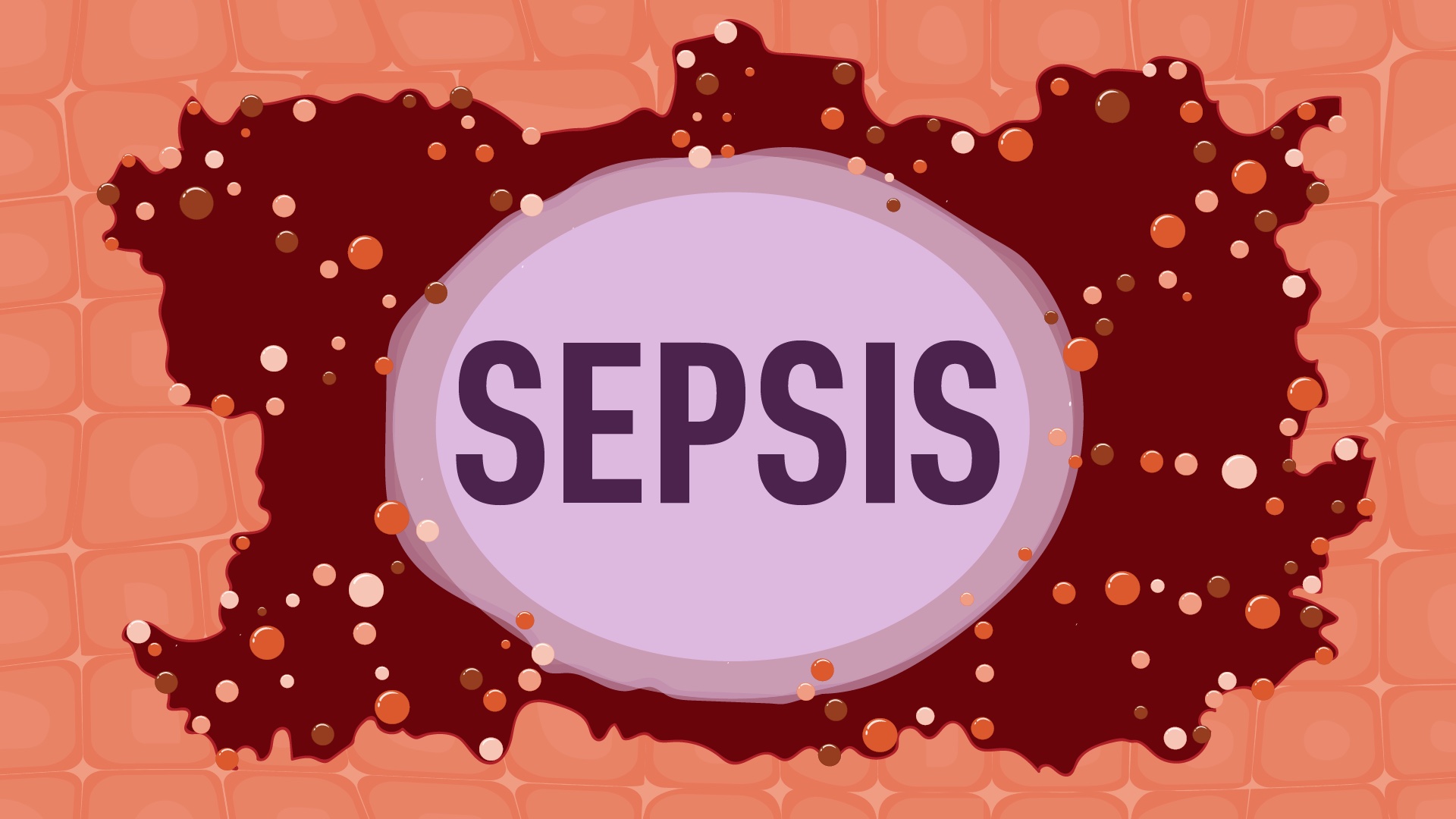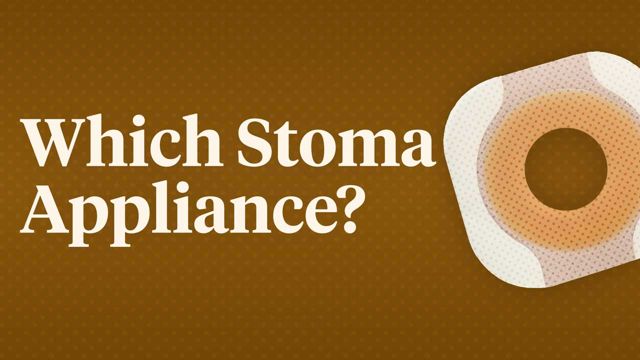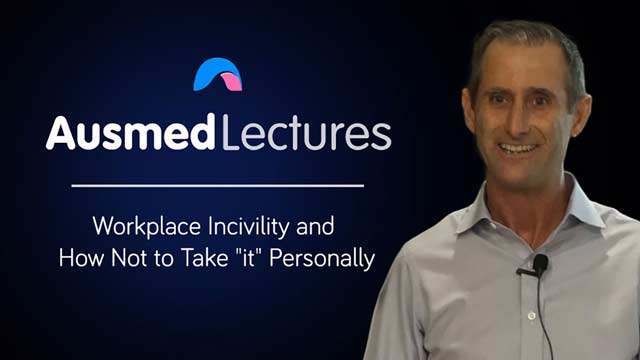Sepsis


Content
What you'll learn:
Define sepsis and septic shock, including the systemic pathophysiological response.
Recognise the signs and symptoms of sepsis and correlate them with the various stages of severity.
Accurately utilise evidence-based assessment tools in order to facilitate early recognition, assess patients exhibiting signs of sepsis and respond accordingly in an efficient and safe manner.
Implement best-practice management guidelines in order to prevent deterioration in the patient with sepsis.
Develop a comprehensive understanding of the long-term effects of sepsis and best-practice management strategies for the provision of ongoing monitoring and follow-up care.
Who it's for:
Why it's needed:
Sepsis is a time-critical medical emergency that affects between 47 and 50 million people yearly, with at least 1 death every 2.8 seconds worldwide. In 2017, there were approximately 55,250 cases and 8,700 sepsis-related deaths in Australia, and national inpatient data shows that sepsis cases are increasing.
Educating healthcare professionals on sepsis can help improve their ability to recognise the signs and symptoms early and implement appropriate interventions promptly. This is reflective of the best practices outlined in NSQHS Standards 3 (Preventing and Controlling Infection) and 8 (Recognising and Responding to Acute Deterioration).
Early recognition and response can lead to a reduction in morbidity and mortality, better patient outcomes, and decrease the burden on healthcare systems. Therefore, ongoing education and training are crucial for healthcare professionals to provide high-quality care.
Purpose:
Topics
Assign mandatory training and keep all your records in-one-place.
Find out more
Recommended resources










 New
New